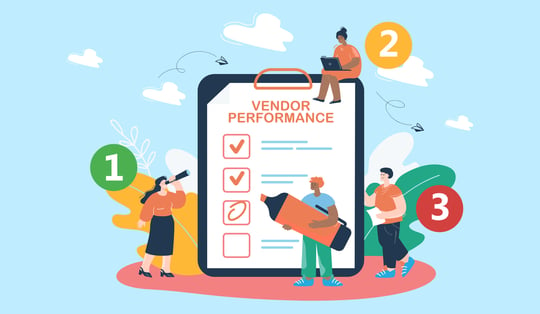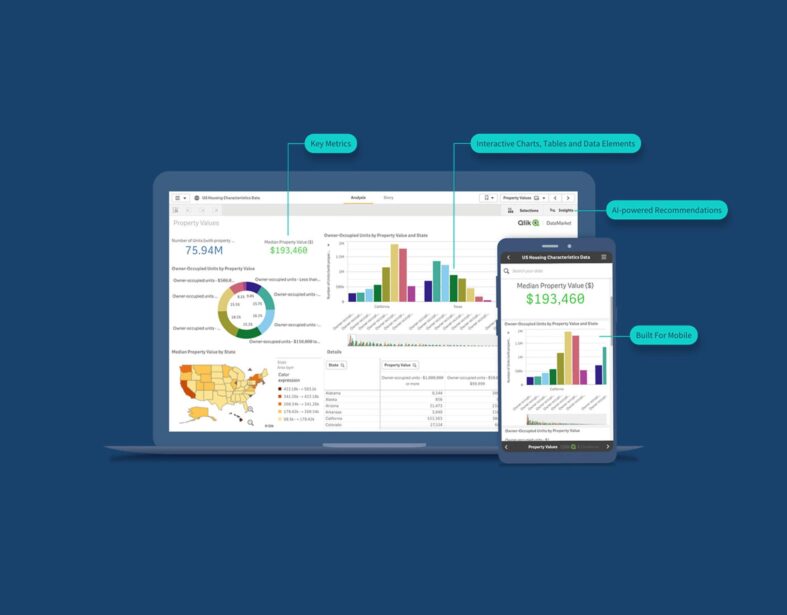Vendor performance plays a critical role in an organization’s ability to thrive in a competitive market.
Underperforming vendors can create significant challenges, such as delayed deliveries, inconsistent quality, and budget overruns, all of which directly impact operational efficiency.
These disruptions not only hinder progress but can also damage customer trust and satisfaction.
On the other hand, improving vendor performance unlocks smoother operations, enhanced relationships, and better alignment with strategic objectives.
Why Vendor Performance Matters

The performance of vendors influences business outcomes on many levels. Delivery delays or quality issues can disrupt production schedules and strain internal resources.
Cost overruns due to inefficiencies or mismanagement further add pressure to budgets, impacting profitability.
Vendors also contribute to customer satisfaction; poor vendor performance often leads to customer dissatisfaction, ultimately harming the brand’s reputation.
Strategic partnerships with vendors offer a way to turn these challenges into opportunities. Building trust with vendors facilitates collaborative efforts, driving innovation and better alignment with organizational goals. Vendor management software is instrumental in fostering these relationships.
With strong partnerships in place, organizations can achieve a level of reliability and agility that benefits all stakeholders.
Key Metrics to Track Vendor Performance
Tracking vendor performance requires a comprehensive focus on metrics that reflect their contributions to business success. Delivery timelines and accuracy are crucial indicators, as they directly affect project schedules and operational flow.
Assessing product or service quality provides insights into the vendor’s reliability and adherence to agreed-upon standards.
Customer satisfaction, often measured through feedback and complaint resolution rates, reveals how vendors impact the end-user experience.
Cost-effectiveness is another critical area, as vendors must align with budgetary constraints without compromising quality.
Responsiveness and customer service standards demonstrate their willingness to address issues promptly, while compliance with contractual terms reflects their professionalism.
Vendors that actively contribute to innovation or adapt well to emerging challenges are invaluable assets, making adaptability a metric that should not be overlooked.
Methods to Evaluate Vendor Performance

Evaluating vendor performance requires robust data collection techniques and structured assessment strategies. Regular reporting from vendors ensures transparency and provides data for analysis.
Customer feedback gathered through surveys or reviews serves as an additional lens for evaluating vendor impact. Modern tools like performance dashboards enable automated tracking, offering real-time insights that are both actionable and reliable.
Performance scorecards establish clear benchmarks for vendors, allowing organizations to measure their success against predefined criteria. Comparing performance against industry standards or competitors helps identify areas for improvement.
Scheduled performance reviews provide an opportunity to discuss issues, set expectations, and reinforce collaboration.
With these methods in place, organizations can ensure that vendor performance aligns with their goals, ultimately driving sustained success.
The Bottom Line
Monitoring and improving vendor performance is essential for any organization aiming to maintain operational excellence and customer satisfaction.
Viewing vendors as strategic partners rather than mere service providers opens opportunities for innovation and growth.

